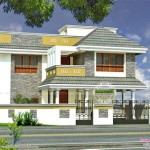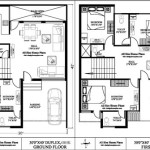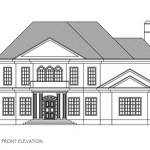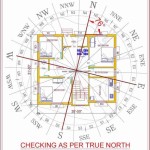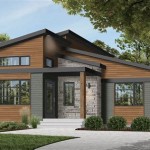Essential Aspects of Hawaiian House Design Plans
Designing a Hawaiian-style house is a delightful endeavor that harmoniously blends traditional Hawaiian elements with contemporary living. These plans meticulously consider the region's captivating natural surroundings and cultural heritage, creating spaces that exude warmth, comfort, and a deep connection to the islands.
1. Site Selection and Orientation:
The location of your house plays a pivotal role in its design. Hawaiian homes are often positioned to optimize natural ventilation, maximize sunlight, and capture breathtaking ocean or mountain views. Architects carefully study the site's orientation to ensure indoor spaces are illuminated with ample natural light while reducing heat gain and reliance on artificial lighting.
2. Sustainable Design:
Sustainability is a cornerstone of Hawaiian house design. Architects incorporate eco-friendly features such as photovoltaic solar panels, energy-efficient appliances, and rainwater catchment systems. These measures reduce energy consumption, minimize environmental impact, and align with Hawaii's commitment to sustainability.
3. Open Floor Plans:
Hawaiian homes embrace open floor plans that promote a seamless flow between indoor and outdoor areas. Large sliding doors or walls of windows effortlessly connect living spaces to lanais (porches), creating a harmonious blend of indoor and outdoor living. This design fosters a sense of spaciousness, natural ventilation, and an intimate connection with the surroundings.
4. Lanai and Outdoor Living:
The lanai is an integral part of a Hawaiian home. This sheltered porch provides a perfect sanctuary for relaxation, entertaining, and enjoying the island's balmy weather. Lanais are often designed with comfortable seating areas, outdoor kitchens, or even plunge pools, seamlessly extending the living space into the outdoors.
5. Traditional Building Materials:
Authentic Hawaiian house designs incorporate traditional building materials such as natural woods, stone, and lava rock. Native hardwoods like koa and ohia are used for structural elements and flooring, while stone and lava rock are often employed in exterior walls and landscaping. These materials evoke a sense of place and establish a harmonious connection with Hawaii's natural environment.
6. Cultural Elements and Details:
Hawaiian house plans often pay homage to the islands' rich culture. This is reflected in the use of traditional architectural features such as gabled roofs, louvered windows, and carved wood details. These elements not only add aesthetic charm but also serve practical purposes, enhancing ventilation and reducing heat gain.
7. Respect for the Environment:
Hawaiian house designs prioritize respect for the fragile island ecosystem. Architects carefully consider the impact of their designs on the surrounding environment. Native plants and low-maintenance landscaping are favored to conserve water and minimize environmental disturbances. Additionally, sustainable practices such as rainwater harvesting and natural pest control techniques are often incorporated.
By embracing these essential aspects, Hawaiian house design plans create harmonious and inviting living spaces that celebrate the islands' unique culture, natural beauty, and sustainable values.

Secrets Alpha Sacred Hawaiian Style Homes Floor Plans House Maisons Tropicales Maison Sims De Plage Rêve

Balemaker Design Page Tropical House Hawaiian Homes Plans

Hawaii Style Designs Plans Teak Bali

Hawaii Hale Hamill Creek Timber Homes

Beach Style House Plan 3 Beds 5 Baths 1997 Sq Ft 426 14 Plantation Plans Ranch
Residential Timber Home Hawaiian Paradise Hamill Creek

This New Home In Hawaii Was Designed To Eoy Indoor Outdoor Beachfront Living

Popular Hawaiian Home Styles And Pre Design Options Luva Real Estate

Build A Home On The Beach House Plans Blog Dreamhomesource Com

Popular Hawaiian Home Styles And Pre Design Options Luva Real Estate


